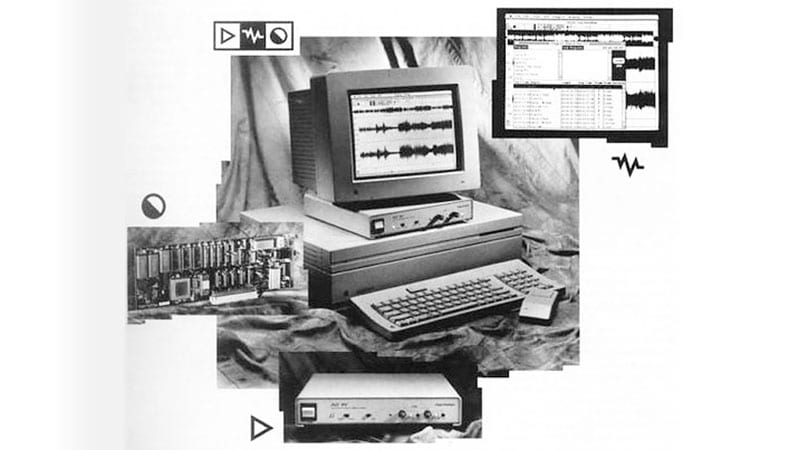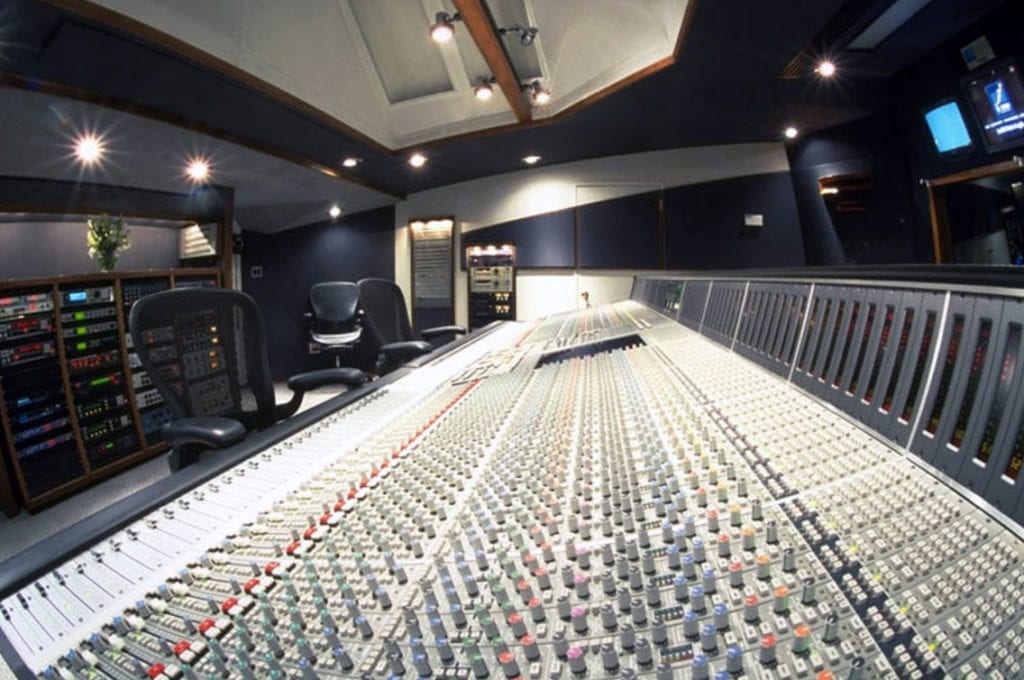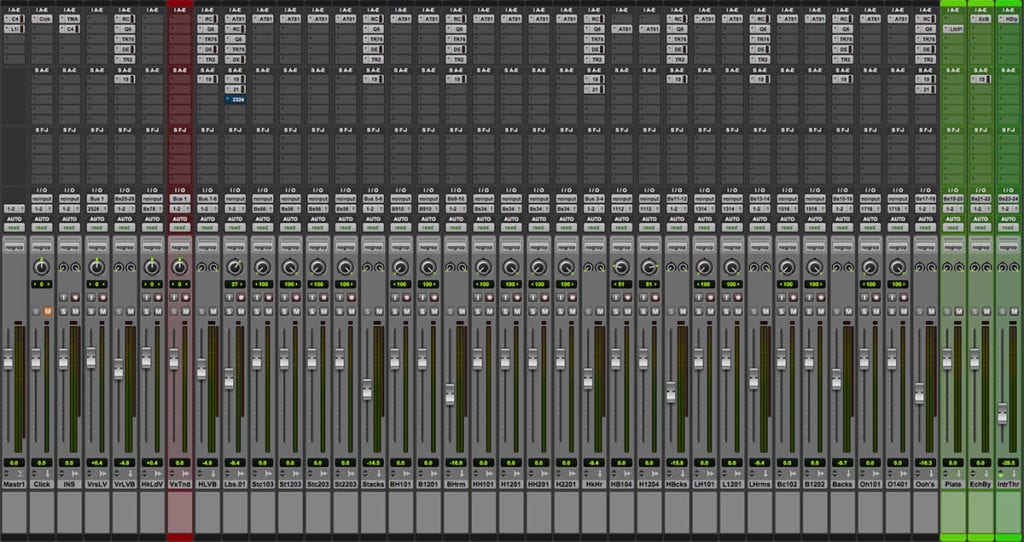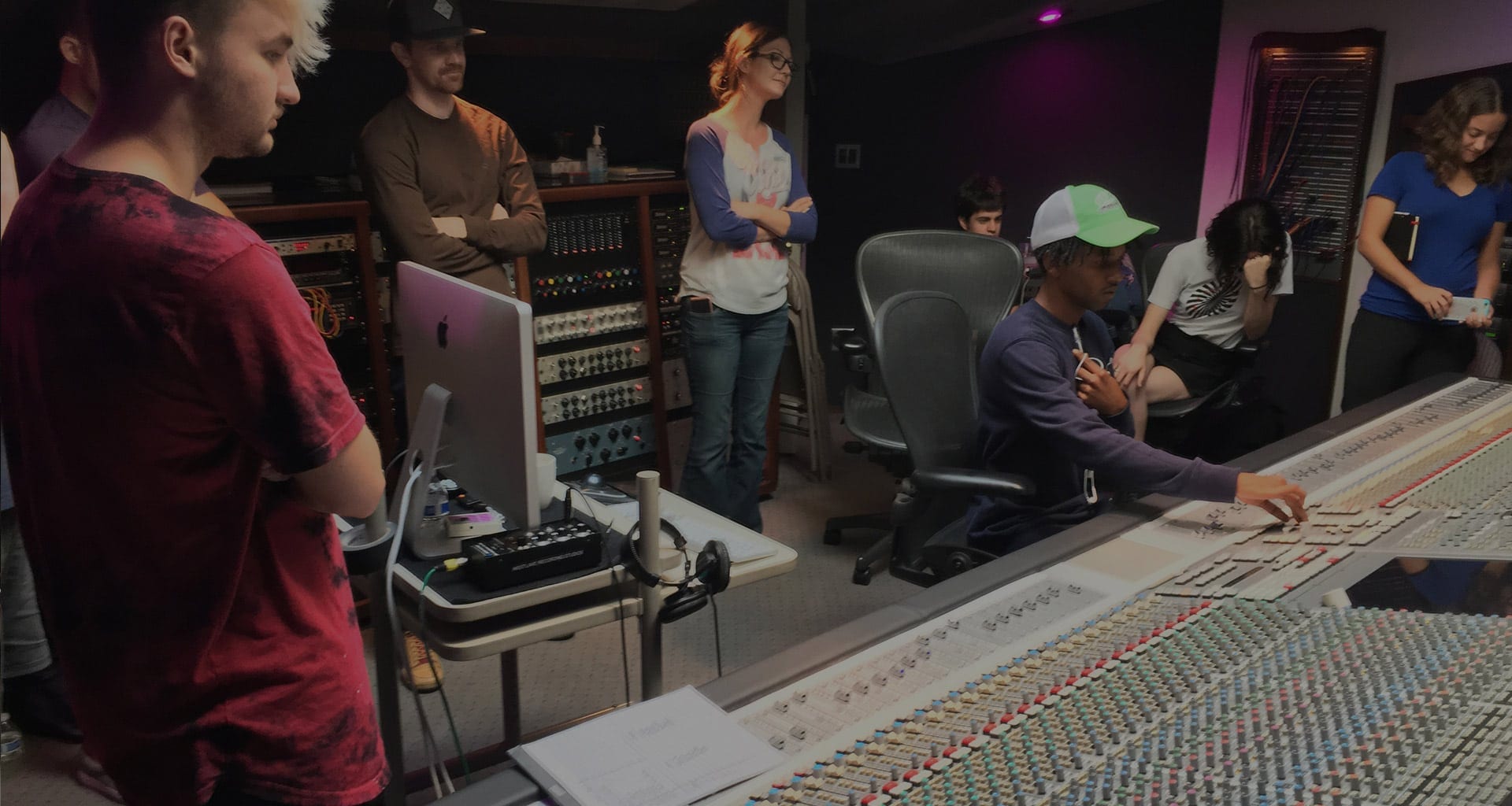In part one of this four-part series, Crē•8 Music Academy Director of Education Doug Fenske explores the advent of the digital audio workstation and the modern, multi-DAW environment.
No one has ever accused me of being the most talented person in the world. In fact, they are absolutely correct to withhold such praise from me and my endeavors. The attribute with which I have garnered the most respect is that of being a craftsman. A craftsman in our trade has an incredible amount of detailed knowledge, a discerning ear, a vast supply of experience, a psychic amount of foresight and microscopic laser focus while maintaining a big picture view of the project and approach.
Another part of being an incredible craftsman, regardless of industry, is understanding the tools of the trade. Arguably our most important tool is the digital audio workstation. Synonymous with any tool of any industry, there are a litany of manufacturers, options, features and the like. So how did we arrive at this Golden Age of the DAW and how should we navigate this increasingly complicated environment in order to maximize our recordings and productions?
The digital audio workstation, herein referred to as the DAW, was created many years ago as a stereo audio editor. Apples to apples, this is the equivalent of humans discovering fire. The DAW rapidly evolved to become a recording console inside of a computer, which would equate to our first attempts at harnessing fire in order to cook food.
This timeline can be traced all the way back to 1989, so we are celebrating this piece of technology’s 30th birthday. Screenshots and videos from the version of any DAW five years ago seem a bit comical due to their primitive GUI (Graphical User Interface) and features, so imagine how restrictive and basic the first versions of “Sound Tools” must have been.

For this reason, most DAW’s want to be operated in the same or similar fashion as a console. The tricky part about that is we learn the DAW long before we are ever in front of a desk, so it’s not an easy process of “apply what you know about the console to the DAW” — it’s reverse order.


Rather than wholly focusing on the operation, similarities and differences between a console and a DAW, we will examine a much more modern application: how the multi-DAW environment can be harnessed, practiced, exercised and professionally navigated with efficiency and effectiveness.
There are myriad DAW options available to us today, such as: Ableton Live, Studio One, FL Studio, Cubase Pro, Digital Performer, Nuendo and more. Some musicians, producers and engineers use the DAW with which they find the most comfort, then stick with it through thick and thin, even as some tasks become cumbersome and frustrating. So why don’t the DAW’s get together and decide on a uniform way to approach composition, recording, editing and mixing? Or why isn’t there one “Master DAW” that does all of those things perfectly?
The reason is actually quite clear: none of the DAW’s want to be too much like another (because they are competitors), yet they all want to accomplish the same core processes (composition, recording, editing and mixing).
So here we are: each DAW approaches the aforementioned processes in a different way because none of them want to be too much like another, yet they all must provide solutions for these very common production tasks to be completed. So why are some better than others for certain production tasks that we all must accomplish?
Here is the dirty little secret:
All DAW’s are not built to function at a high level across composition, recording, editing and mixing processes.
The companies and manufacturers are hyper-aware of their competition’s approach to these processes. This is why we don’t see a vertical-style workflow, made popular by Ableton Live, being integrated into Pro Tools. On the other hand, we don’t see Ableton incorporating a playlist-based style of comping, which was made popular by Pro Tools.
For this reason, many professional producers and engineers at the top of our industry have adopted a multi-DAW workflow. This is worthy of an in-depth exploration. Our areas of focus will be Logic Pro and Pro Tools, as they are the two most widely-accepted DAW’s on the “records” side of the professional community (i.e. not live performance, sync or post-production). The producers who employ these two DAW’s develop and oversee a record from start to finish. This process is not limited to programming drums and making beats, but also includes tasks such as: capturing virtual instrument and sampler performances during composition, tracking and comping vocals and instrumentation, nudging and correcting the timing of a performance, healing errors or hiccups that happened during the recording process, subgrouping, automating, mixing and delivering a final master to a record company or individual client.
Activate your musical instincts and learn to use Untagged Loops, Flex Pitch and Tracks Stacks in our ACTIV•8 music production course at Crē•8 Music Academy. Click here or fill out the form below to start a conversation with one of our highly trained admissions representatives and find out how we can help YOU take your music to the next level.



Leave a Reply